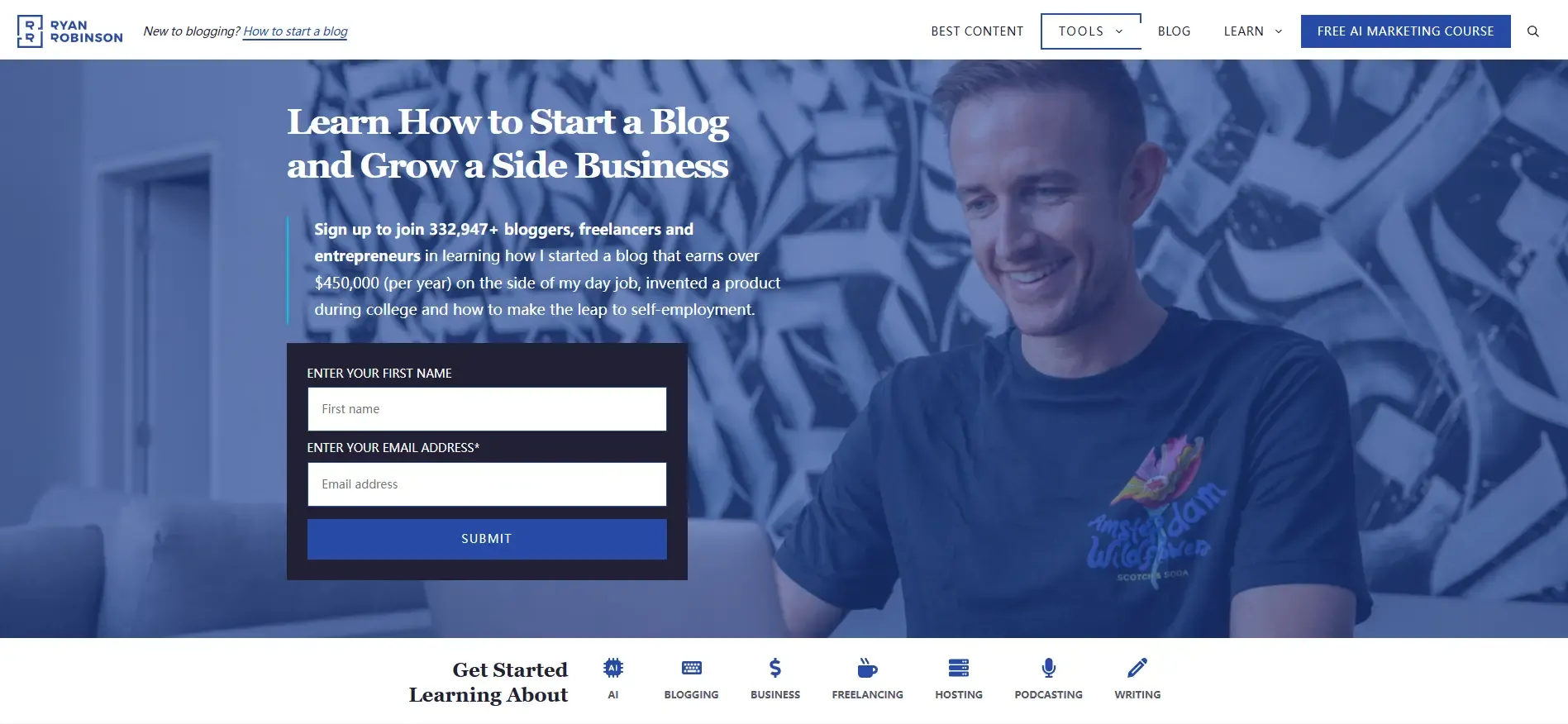Stop Wasting Time! These 3 Affiliate Marketing Channels Are the Real Fast Track to Profit


More and more people are diving into affiliate marketing, hoping to earn commissions by recommending products and sharing links. It sounds simple, but in practice, many quickly realize:
You’ve posted countless links, but no one’s clicking.
You’ve made multiple videos, but conversions are low.
You spent money on ads, only to lose more than you gained.
So, what’s going wrong?
The issue isn’t your effort—it’s your strategy.
At its core, affiliate marketing is all about promoting the right product to the right person. But how you promote it—which platform you choose, how you reach your audience—that’s what really determines whether you succeed or not.
In this article, we’ll break down the three most effective and widely used channels in affiliate marketing:
SEO (Search Engine Optimization)
Social Media (TikTok, YouTube, Instagram)
Paid Advertising (Google Ads, Meta Ads)
Whether you’re just getting started or you've tried without much success, by the end of this article, you’ll understand how each channel works, which types of products they suit best, and how to combine them for better results.
Let’s get into it.
Part 1: Introduction to the Big 3 Channels — Strengths and Weaknesses
1. SEO (Search Engine Optimization)
Best for: Content websites, blogs, product review sites
Pros:
Free and stable long-term traffic
High intent users = high conversion rates
Evergreen content keeps bringing in visitors
Cons:
Slow to start, long-term play
Requires writing and technical SEO skills
Needs consistent optimization

2. Social Media (TikTok, YouTube, Instagram)
Best for: Visual products, lifestyle brands, influencers and content creators
Pros:
Quick exposure to your target audience
High engagement and trust building
Viral content can bring massive traffic
Cons:
Short content lifespan, algorithm-dependent
High risk of bans (use tools like MostLogin to protect your accounts)
Multiplatform management can be time-consuming
3. Paid Advertising (Google Ads, Meta Ads)
Best for: High-ticket items, SaaS, financial products, digital services
Pros:
Laser-targeted campaigns
Fast results, easy to test product-market fit
Scalable with budget
Cons:
Expensive if mismanaged
Requires tracking and data analysis
Strict ad policies, risk of account bans
Part 2: Choosing the Right Tools Based on Your Product and Industry
Picking the right tool is half the battle in affiliate marketing. Different products and industries require different approaches.
If you’re promoting SaaS or digital services, SEO and ads are your best bet. People often search for these tools before buying, so keyword research tools like Semrush and platforms like WordPress help drive traffic. Google Ads can be used to quickly test interest. Use link management tools like ThirstyAffiliates or Pretty Links to track performance.
For consumer goods like beauty, household items, or clothing, social media is your primary channel. These products rely on visual appeal and influencer credibility. Use Canva to design posts, Linktree to manage multiple affiliate links, and tools like MostLogin to manage multiple accounts safely.
If you’re in finance or virtual assets, use a combination of SEO and paid ads. These products offer high commissions but require trust and education. Tools like RedTrack and Voluum can help track ROI, while SpyFu helps you monitor competitors’ strategies.
If you're focused on tech product reviews or digital buying guides, combine SEO and social media. Write in-depth blog reviews, then repurpose the content into videos for TikTok or YouTube. Use WordPress for blogging and platforms like Affluent.io to track commissions across multiple networks.
In short: base your toolset on your product type, customer behavior, and content strengths. Make sure to cover tracking, content delivery, and account security.
Part 3: How to Combine All 3 Channels Effectively
The real pros know how to combine these strategies for maximum impact.
SEO + Social Media:
Turn your SEO content into short-form posts or videos and share them across platforms. For example, write a blog post about VPN tools → make a TikTok video summarizing the top 3 → link back to the full blog = continuous traffic loop.
Social Media + Paid Ads:
If a piece of content goes viral on Instagram or YouTube, turn it into a paid ad. Social proof (likes, comments) increases click-through and conversion rates.
SEO + Paid Ads:
Retarget people who visited your blog but didn’t convert. SEO attracts the leads, ads bring them back to convert.
Final Thoughts: Don’t Just Chase Clicks—Chase Conversions
Affiliate marketing isn’t just dropping links—it’s about understanding the entire customer journey.
If you want results, focus on:
Choosing the right channel for your product
Matching the right tools to each stage
Building a system that connects SEO, social, and ads
And most importantly, keep your accounts safe and organized. Use tools like MostLogin to separate identities across platforms and protect against bans.
Next steps:
Know your product and ideal customer
Pick one main channel and grow from there
Use the right tools to scale and stay secure
Start with the channel you know best, and build your affiliate system step by step. With the right strategy and patience, every click can bring you closer to a sale.
🚀 Take control of your multi-accounting today
Start managing your accounts more secure and more efficient with MostLogin


